
Discover the wonders of Egypt
Ancient Egypt was known for its mighty rulers. The pharaoh and the queen, too, were leaders who played a major role in the history of this great civilization, reflecting their great leadership, cultural contribution, and monumental achievements. This article describes some of the most famous figures of this fascinating era. Here is a List of famous queens and pharaohs of Ancient Egypt.
Ancient Egypt had some of history’s most powerful queens. They often ruled alongside great pharaohs and played a great role in political, cultural, and religious life. Egyptian queens often wielded significant power. Today, their legacies remain a topic of interest for historians and enthusiasts.

Nefertiti was one of ancient Egypt’s most iconic queens and the great royal wife of Pharaoh Akhenaten. She is best known for her beauty and her role in a religious revolution. The revolution shifted worship to the sun disk, Aten. Artists often depict Nefertiti with her husband, a testament to her influence during the Amarna Period. Her famous bust, discovered in 1912, testifies to her enduring fame as a powerful queen.
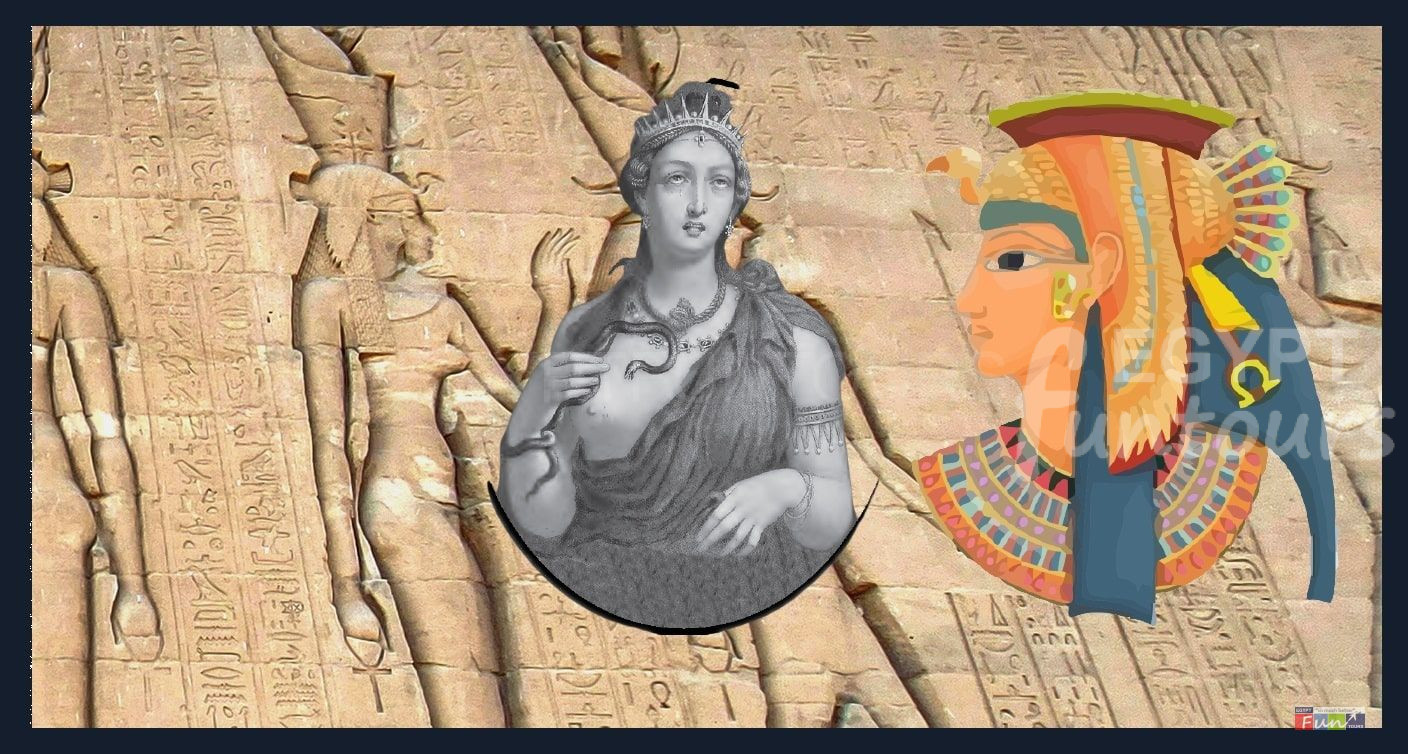
Cleopatra VII, one of history’s most famous queens, was the last active ruler of the Ptolemaic Kingdom of Egypt. She ruled from 51 to 30 BCE. Intelligent, politically astute, and dramatic, she tried to restore Egypt to its former glory. She formed alliances with powerful Roman leaders, including Julius Caesar and Mark Antony. Her life and reign were filled with intrigues and plots. She met a tragic end after Octavian defeated her, leading to the annexation of Egypt into the Roman Empire. Literature and popular culture continue to discuss her life, reign, and legacy.

Nefertari, a favorite wife of Ramesses II, was known for her beauty and influence. Her magnificent, fully decorated tomb in the Valley of the Queens is her most famous legacy. The tomb has stunning artwork and inscriptions. During her lifetime, people believed Nefertari was a living god. She and Ramesses II had a formidable partnership. They helped stabilize Egypt and brought prosperity during his reign.
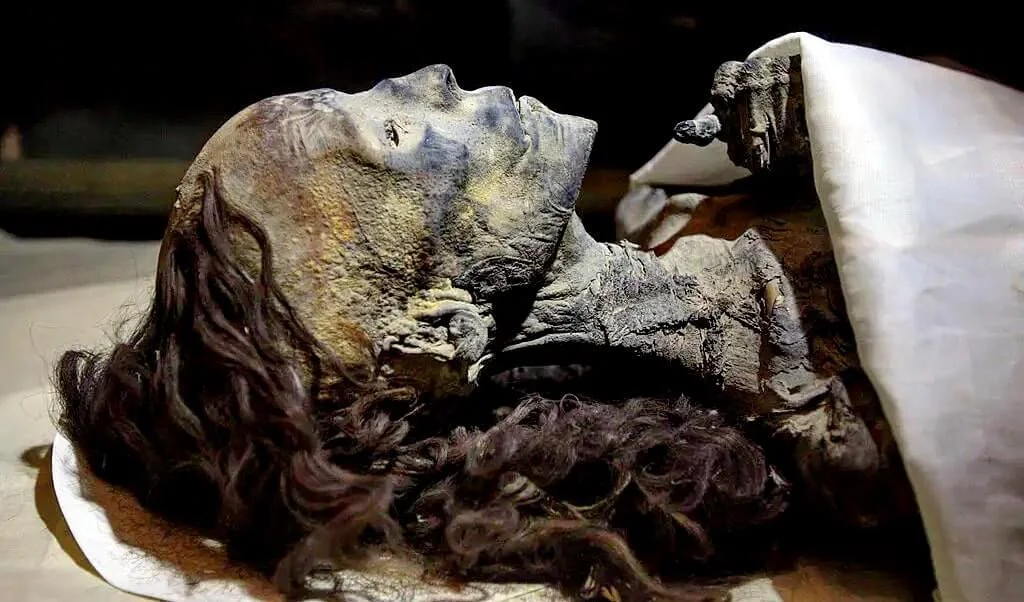
Tiye, the great royal wife of Amenhotep III, was one of her era’s most powerful women. Intelligent and influential, she often participated in political affairs and corresponded with various states. Numerous statues and inscriptions highlight her importance as a queen. Her son, Akhenaten, later enacted radical religious reforms, a testament to her lineage.
Ancient Egyptian queens were never just consorts. They were influential figures who impacted their reigns, leadership, and policymaking, and contributed to culture. From the exceptional reign of Hatshepsut, one of Egypt’s few female pharaohs, to the dramatic life of Cleopatra, these queens left a rich legacy that continues to captivate the world. Their stories reflect the complexity and richness of Ancient Egyptian civilization and show the vital roles women played in a male-dominated society.
The very term Ancient Egypt, by default, brings to mind a certain version of mighty rulers known as pharaohs. It was supposed that this history, culture, and monumental architecture had been personified in these rulers of the civilization. Each pharaoh had something unique to leave behind him related to military conquests, architectural improvements, or some other diplomatic achievement. In this paper, we look at a number of the most famous pharaohs in history who made indelible marks.

Khufu, originally Cheops, ruled during the Fourth Dynasty, ca. 2589-2566 BCE. He is remembered above all for the order he issued to build and construct what is called today the Great Pyramid of Giza, one of the Seven Wonders of the Ancient World. This was his tomb and a monumental building that reflected the superlative engineering skills of that time. The reign of Khufu often reflects the height of pyramid construction, which shows evidence of the wealth and power of the pharaohs.

Hatshepsut was one of the few female pharaohs of Ancient Egypt who reigned from 1479 to 1458 BCE. Praise about her successful reign speaks about extensive trade expeditions, especially to the Land of Punt, and impressive building projects, such as her mortuary temple at Deir el-Bahari. Here, she is shown in the costume of a man to make good on that claim to the right to rule, and under her, peace and prosperity have marked her reign.
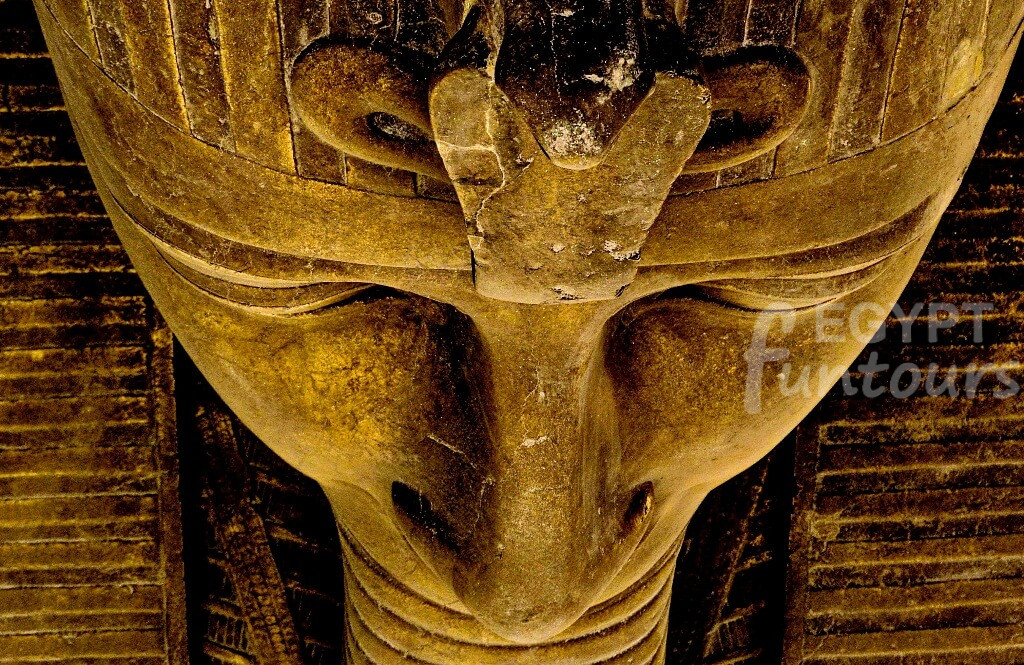
Ramses II, also commonly known as Ramses the Great, ruled from 1279 to 1213 BCE. He is among those designated as the most famous pharaohs ever to have lived throughout Egyptian history. Records of battles, such as at the Battle of Kadesh against the Hittites and the signing of the first recorded peace treaty, occurred during his reign. He is further recorded to have indulged in colossal buildings that included the temples at Abu Simbel and the Ramesseum. This man reflects him as a builder and a warrior
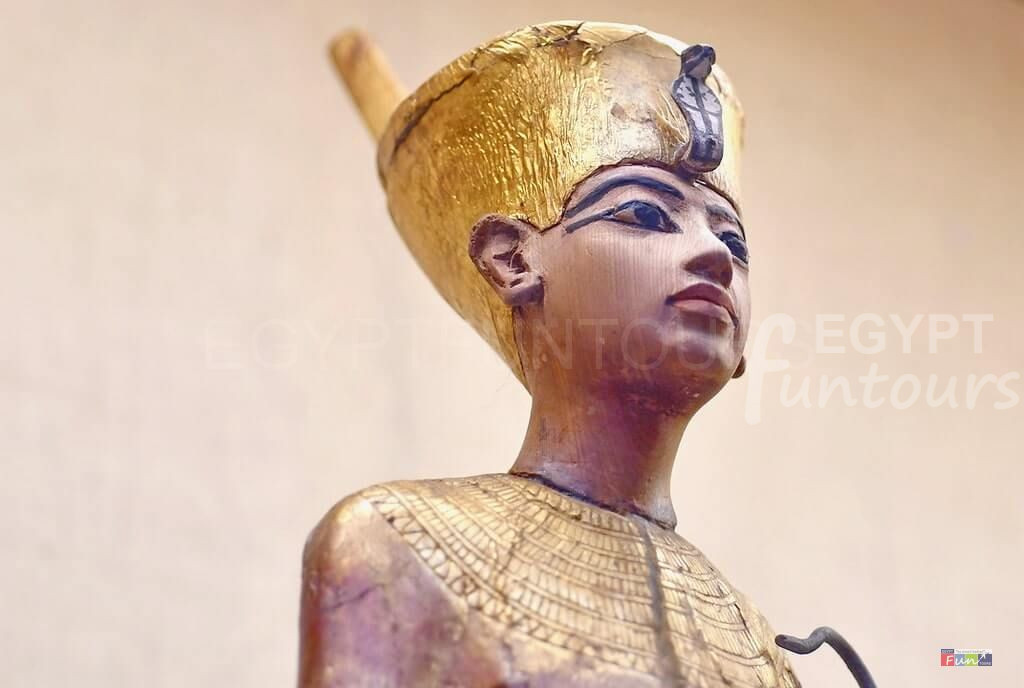
Tutankhamun, or King Tut, became king at a young age and reigned from 1332 to 1323 BCE. His reign was brief and largely went unnoticed during his lifetime. However, Howard Carter’s discovery of his nearly intact tomb in 1922 made the young king a global sensation. The tomb’s treasures, including his famous golden mask, revealed enlightening information about ancient Egyptian culture and burial practices.

Akhenaten ruled from 1353 to 1336 BCE. He introduced radical religious reforms, changing worship from the traditional gods to the exclusive worship of the sun disk, Aten. During his reign, known as the Amarna Period, art and culture became more naturalistic. His rule was highly controversial. After his death, his successors reversed many of his changes.

Thutmose III, “Napoleon of Egypt,” reigned from 1479 to 1425 BCE. He is the most important military pharaoh in all of Egyptian history. Successful campaigns in both the Levant and Nubia extended the Egyptian empire to its greatest extent. Thutmose III boasts a number of building projects, often associated with the construction of the Temple of Karnak.
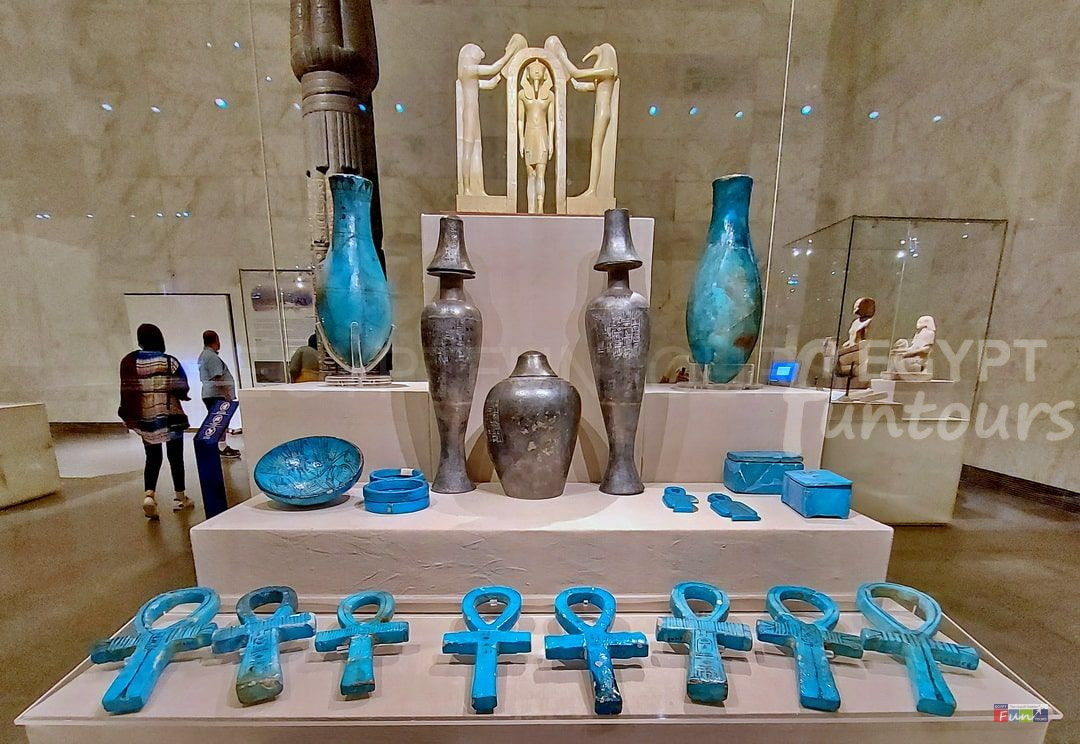
Amenhotep III reigned from 1386 to 1349 BCE. He undertook brilliant diplomatic affairs and a myriad of building projects. People often call his reign the zenith of Ancient Egyptian civilization. During this time, the kingdom experienced cultural flourishing and wide international relations. Amenhotep himself married several foreign princesses to seal alliances.
Pharaohs represented more than just rulers in Ancient Egypt; they personified the peak of civilization in arts, architecture, and governance. From Khufu’s great pyramids to Amenhotep III’s diplomatic life, each pharaoh left a mark that interests historians and enthusiasts today. Their biographies describe the greatness and complexity of ancient Egyptian society, symbolizing eternal power and culture.
How far in advance should I book my tour? We recommend booking as early as possible, especially for peak seasons, to ensure availability and secure the best price. Many tours can be booked up to 12 months in advance.
What is the typical group size for your tours? Our Top speciality is Private Tours. As for groups, group size vary by tour, but we generally keep them small to ensure a personal and high-quality experience. The average is typically between 10-16 guests.
Are your tours private or shared group tours? We offer a mix of both. You can find this information clearly indicated on each individual tour page. Group tours are marked as such, and private options are always available.
How do I know if a specific departure date is available? For Private Tours, you do not need to, as they are available everyday. For group tours, you need to contact us.
What is included in the tour price? Inclusions vary per tour but often cover accommodation, transportation, professional guiding, and certain meals/activities & entrance fees. Detailed inclusions are listed on the itinerary section of each tour page.
Do I need to pay a deposit, and what payment methods do you accept? Yes, a deposit (25%) is required to confirm your booking. We accept major credit/debit cards (Visa, Mastercard, etc.) and bank transfers. Full details are in our Terms and Conditions.
Are there any hidden fees or surcharges? No. The price listed on the tour page is the final price, which is inclusive of all mandatory local taxes and fees. Any optional extras will be clearly noted.
What is your cancellation and refund policy? Our policy is clearly detailed in our Terms & Conditions. The amount refunded depends on how far in advance of the start date you cancel. We recommend travel insurance for maximum protection.
Is the destination safe for tourists? Travel safety is our top priority. We closely monitor government advisories and take all necessary precautions. We only operate in areas deemed safe and utilize experienced local guides for maximum security and peace of mind.
Do I need a visa to travel to the destination? Visa requirements vary based on your nationality and the destination. We advise all travelers to check with their country’s embassy or consulate for the most current entry requirements well before departure.
What sort of hotels/accommodation are used? We generally use high-quality, centrally located 4- or 5-star hotels (or the local equivalent). Specific hotel names or classification examples are listed on the individual tour pages.
What should I pack for my tour? A detailed packing list, specific to the tour’s climate and activities, is provided upon booking. Generally, comfortable walking shoes, layers of clothing, and sun protection are a must.
Can I customize a tour or create my own itinerary? Absolutely. If our packages don’t fit your needs, you can work with our travel experts to customize any tour or build a fully private, custom itinerary. Contact us to start planning.
What support is available if I have a problem during the tour? You will have 24/7 access to our dedicated local support team and your tour guide for any emergencies, changes, or issues that may arise during your trip.